The huge investment cost is a barrier that makes many Vietnamese logistics enterprises, especially small and medium enterprises, afraid to switch to green logistics. The problem of cost and efficiency is slowing down the process of “greening” the logistics sector. In addition, preferential policies and priorities for the development of green logistics have not been given due attention at the macro level, which are the factors that make many logistics enterprises indifferent to green logistics.
Enterprises are not very keen on green logistics
One of the main reasons that logistics enterprises
are not very keen on green logistics is the issue of
cost. In order to convert to green logistics, they need
huge funds to invest in modern environmentally
friendly equipment and technology besides the
damage caused by liquidation of old outdated
vehicles. Currently, logistics enterprises, especially
transportation enterprises, are the biggest CO2
emitters but have not been under pressure to limit
emissions, so they have not yet paid attention to
environmental protection. In addition, current
policies do not have support for businesses to
convert to green logistics. Specifically, the state
does not have a preferential credit policy for
logistics enterprises to have investment capital
to renew equipment in a modern direction, with
less environmental pollution.
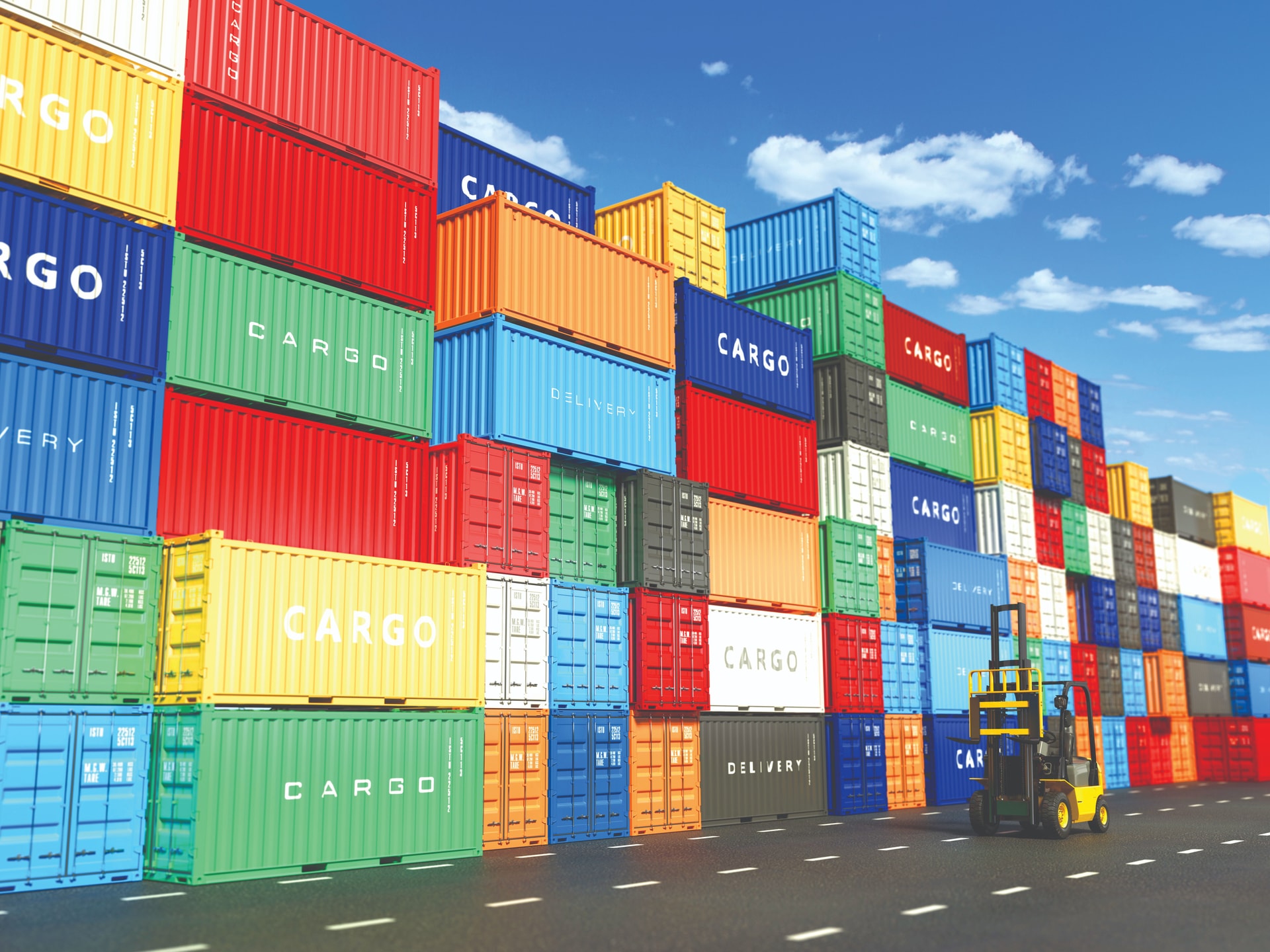
The policies of VAT, corporate income tax, and import tax for logistics enterprises that purchase equipment and technology also do not have special incentives compared to those of other businesses.
Green logistics means encouraging logistics enterprises to limit emissions and recover part of their investment costs through the sale of carbon credits. On the contrary, due to restriction by emission quotas, it forces logistics enterprises with high emissions to buy back carbon credits from green logistics enterprises, but currently Vietnam has not formed a carbon market like those in some countries in the world and in the region, so it is impossible to create motivation or pressure for enterprises to “green” their logistics activities.
In addition, due to outdated transport infrastructure, the speed of transportation of vehicles is slow, leading to longer transportation time, high fuel consumption, and therefore more CO2 emissions. Also due to outdated and weak transport infrastructure, many roads in Vietnam are currently limited in load, leading to a low tonnage utilization factor, causing waste and consequently more emissions. due to the use of more means of transport.
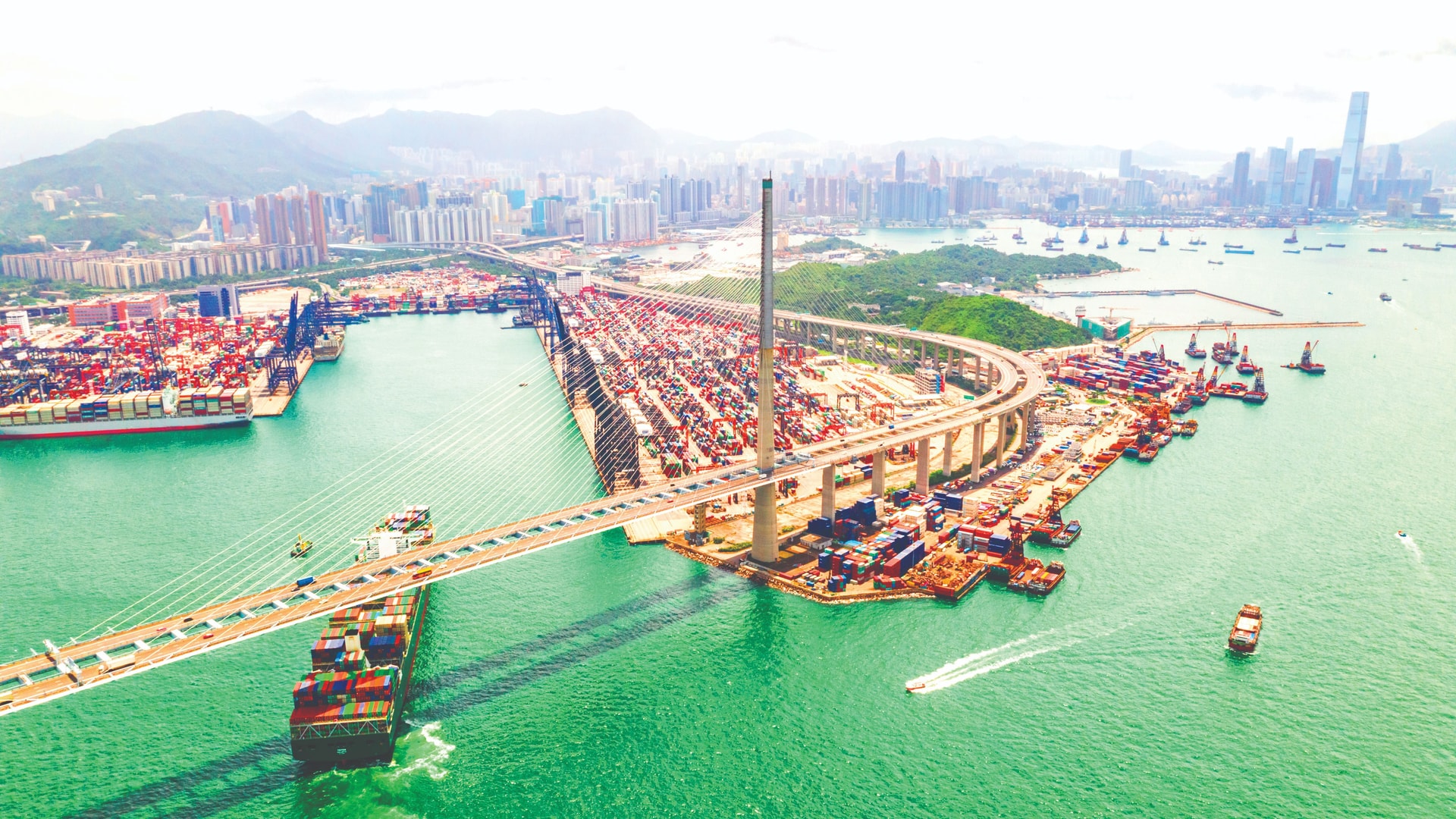
Another reality is that in Vietnam, there are not many transport enterprises that use transport vehicles in the form of tractor - trailer - trailer (LCVs: long combination vehicles) while this is a popular mode of transport in many countries due to carrying a larger tonnage, saving fuel and reducing emissions. It is possible that because this is a type of vehicle that requires a special permit for circulation under current regulations and the process of applying for a license takes time and increases costs, most transport businesses do not invest in this type of vehicle.
Necessary for a legal corridor and invesrment in infrastructure
To encourage logistics enterprises to invest
in equipment and technology innovation, the
state needs to have preferential credit policies
for logistics enterprises. Currently, logistics
enterprises desperately need preferential
capital to invest in non-fossil fuel-using means
of transport, however, access to preferential
capital is very difficult and there is currently no
credit policy for specifically for green logistics
investment projects. The state needs to spend
preferential capital with low interest rates,
simple disbursement procedures so that logistics
enterprises can borrow to invest in projects to
convert to green logistics.
It is necessary to form a carbon credit market soon under the Environmental Law 2020 so that emissions enterprises in general and logistics enterprises in particular can transfer and trade these certificates. When forming a carbon credit market, enterprises investing in the direction of green logistics will have the conditions to cut investment costs by reducing emissions, so they will be able to sell these credits to other businesses. At the same time, logistics enterprises that emit a lot of emissions will be pressured to pay emissions fees because they exceed the allowed quota, so they will be more active in “greening” their logistics activities.
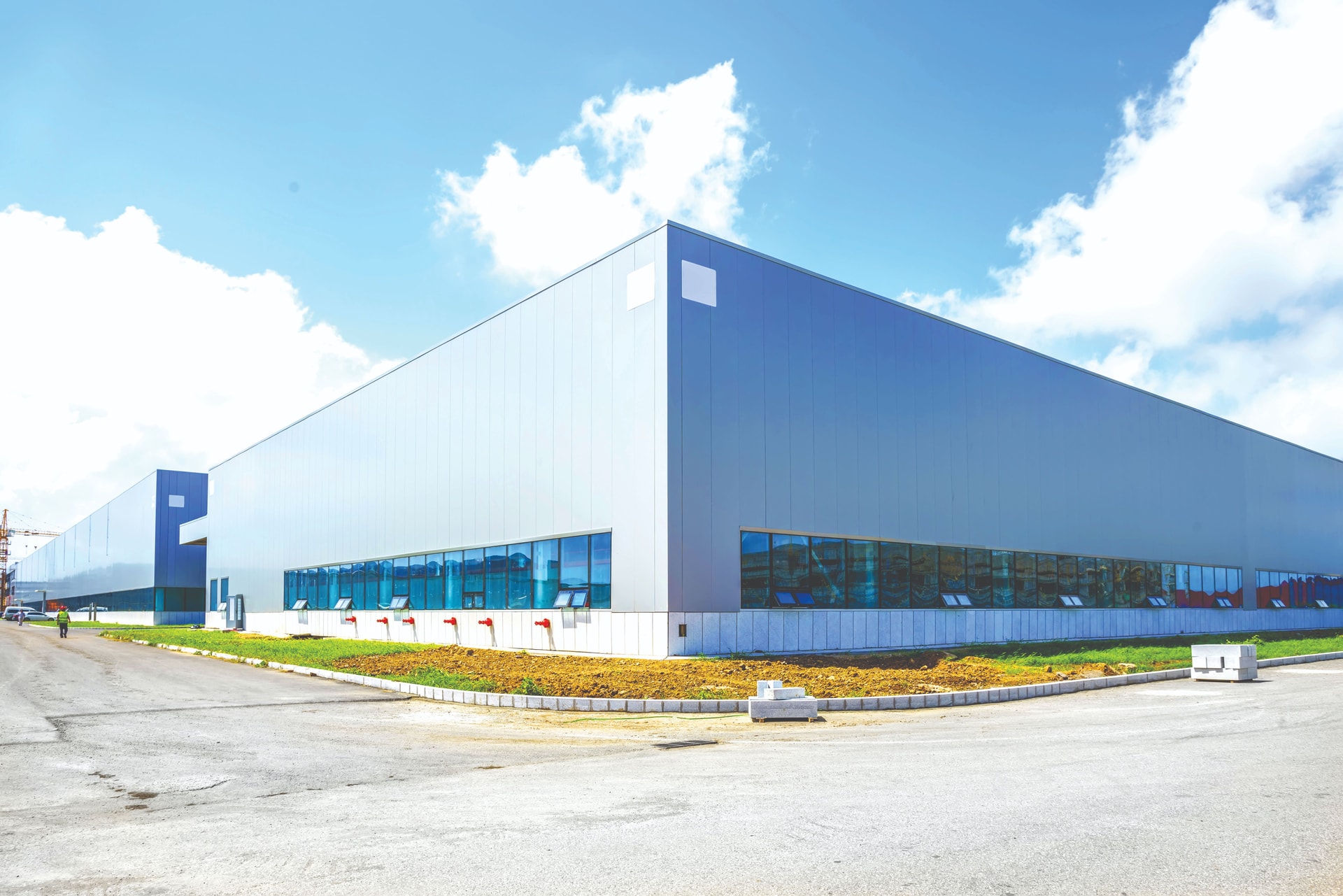
Weak transport infrastructure is the cause of increasing emissions, so in the long run, the state needs to accelerate the expansion and invest in new national highways, expressways and North- South railway to increase the load capacity of roads and bridges, speeding up transportation to reduce emissions.
According to the World Bank’s report in 2019, ransition from the current main mode of transport, which was from road to inland waterways and coastal as well as railway, would help reduce emissions and reduce costs. very large transport. However, in order to convert these modes of transport, the state needs a huge budget to invest in infrastructure of inland waterways and coastal routes: dredging channels, building ports, connecting traffic routes and related ancillary works.
For logistics enterprises, it is necessary to optimize transportation routes, rationally arrange warehouses and distribution centers to shorten the transportation route, thereby both saving costs and reducing emissions in order to realize the goal of green logistics. Logistics enterprises need to coordinate with customers and other logistics service providers (LSPs) to ensure maximum use of the designed tonnage of means of transport, combining two-way goods, thereby reducing emissions.
FSB Institute of Management and Technology - FPT University



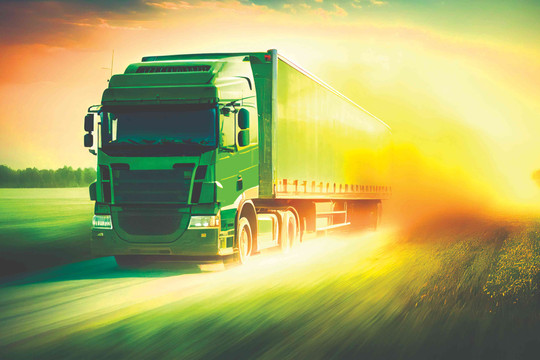
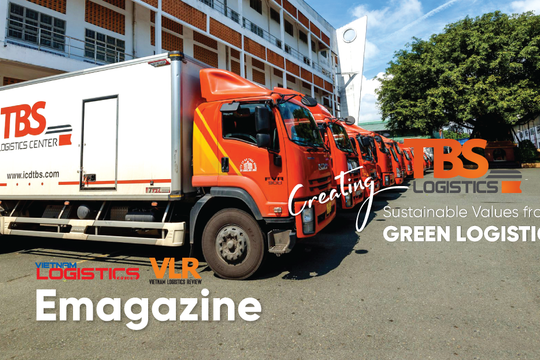
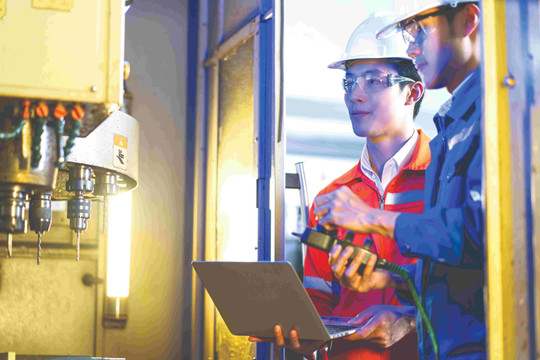

.png)
.png)
.png)


.png)
.png)






.png)

